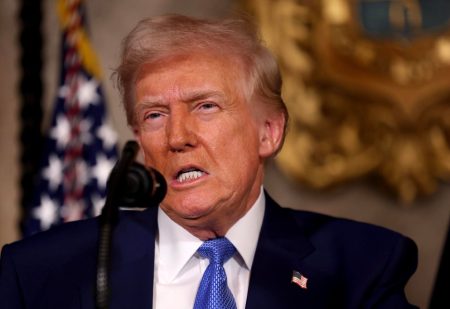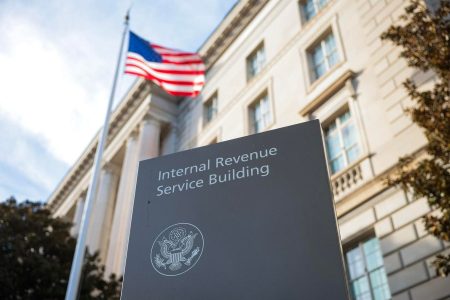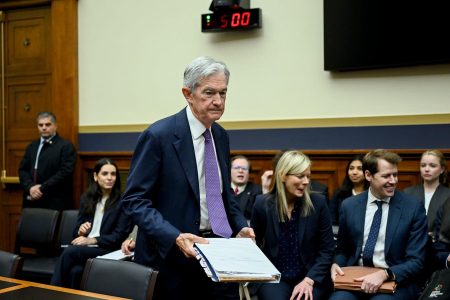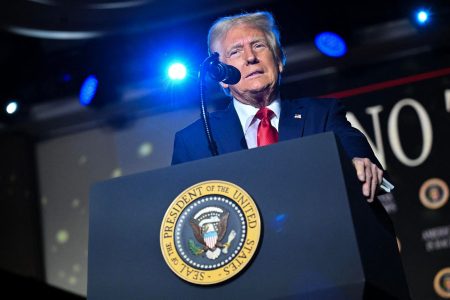The semiconductor industry experienced robust growth in 2024, outperforming the broader S&P 500 index. This momentum is projected to continue into the foreseeable future, driven by substantial global investments in AI infrastructure. Projects like Stargate, a collaborative effort between OpenAI, SoftBank, Oracle, and MGX, exemplify this trend, with a commitment of $500 billion towards AI data centers over the next four years. While China’s recent unveiling of its DeepSeek technology may present competition, the long-term outlook for semiconductor stocks remains positive. For investors seeking exposure to this sector, a diversified semiconductor exchange-traded fund (ETF) offers a prudent entry point.
Navigating the semiconductor ETF landscape can be simplified by focusing on key performance indicators and fund strategies. While the universe of semiconductor ETFs comprises around two dozen funds, excluding leveraged and inverse funds, which are generally considered too risky for most investors due to their amplified returns and potential for significant losses, narrows the field considerably. The remaining funds can be evaluated based on their one-year total return, which encompasses both price appreciation and dividend payouts. Although semiconductor ETFs are not typically classified as dividend ETFs, they do offer modest yields. By ranking these funds according to their total returns, investors can identify high-performing options that align with their investment objectives.
Six leading semiconductor ETFs, exhibiting one-year total returns ranging from 11.89% to an impressive 39.69%, offer distinct investment approaches. The VanEck Semiconductor ETF (SMH) boasts the highest return, driven by its significant holdings in Nvidia and Taiwan Semiconductor (TSM), two key players in the AI landscape. However, this concentrated approach carries inherent risk, as the performance of these two companies is intertwined. The Columbia Semiconductor and Technology ETF (SEMI) distinguishes itself through active management, with portfolio managers selecting companies based on factors like management quality and intellectual property. This hands-on approach offers the potential to outperform index-based ETFs but comes at a higher expense ratio.
The Strive U.S. Semiconductor ETF (SHOC), despite being the newest fund on the list, has demonstrated strong performance since its inception. Similar to SMH, SHOC benefits from substantial allocations to Nvidia and Broadcom, but it incorporates a modified market cap weighting strategy to manage concentration risk. The SPDR S&P Semiconductor ETF (XSD) provides a more balanced approach, encompassing large, mid, and small-cap stocks with a capped weighting for individual holdings. This diversified strategy offers exposure to a broader range of semiconductor companies, including smaller players like Diodes Incorporated and Ambarella.
The Invesco Semiconductors ETF (PSI) employs a modified equal-weighting system, mitigating over-concentration in mega-tech stocks like Nvidia and Broadcom. This allows smaller companies to exert more influence on the fund’s overall performance. Invesco also offers the PHLX Semiconductor ETF (SOXQ), which tracks the PHLX Semiconductor Sector Index and incorporates a market-cap weighted approach with limitations on individual stock weightings. This fund offers a balance between allowing larger companies to drive performance while managing concentration risk.
Ultimately, the choice of a semiconductor ETF depends on individual investor preferences and risk tolerance. Market-cap weighted funds, such as SMH and SOXQ, tend to be more heavily influenced by the performance of the largest companies in the sector. This strategy may be suitable for investors who believe in the continued growth potential of established industry leaders. Conversely, equal-weighted funds like PSI and XSD offer broader diversification and reduced exposure to the risks associated with any single company. This approach may be more appealing to investors seeking a more balanced exposure to the semiconductor market, including smaller companies with potentially higher growth trajectories. Careful consideration of these different weighting methodologies, along with other factors such as expense ratios and fund inception dates, will enable investors to select an ETF that aligns with their investment goals and risk profile.










